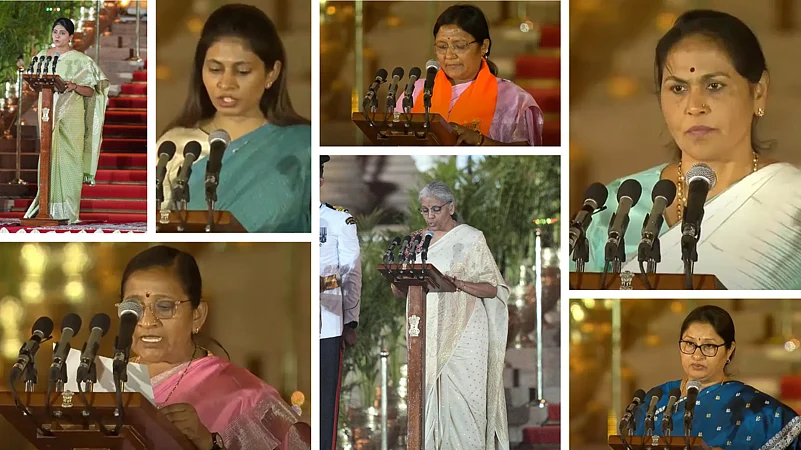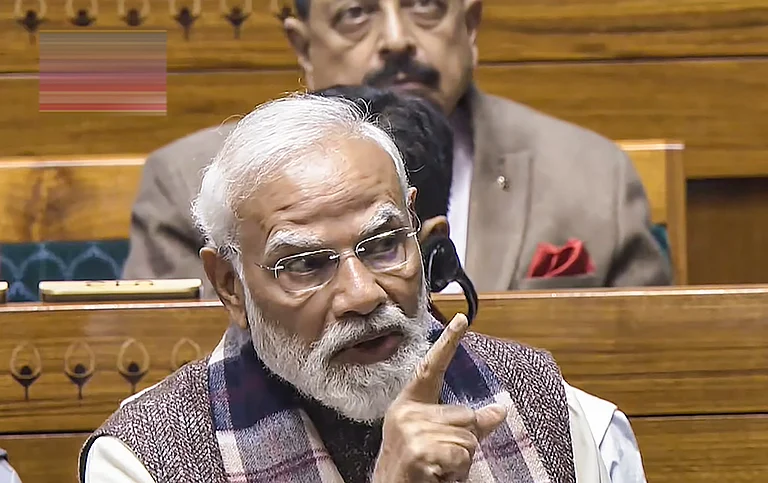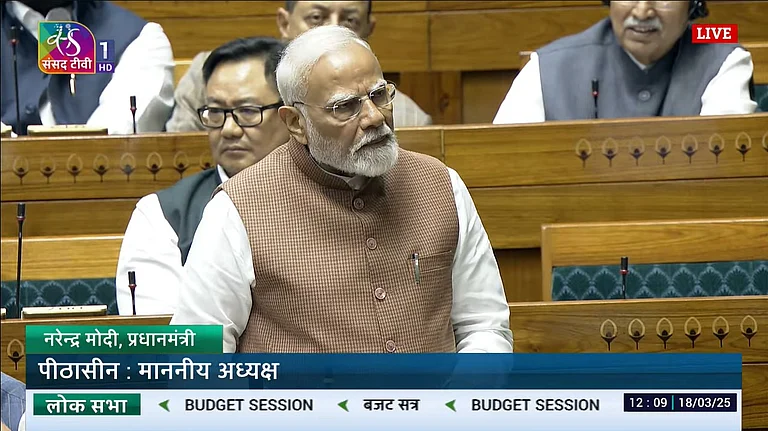Narendra Modi was sworn in for a third term as the Prime Minister of India on Sunday. Along with Modi, 71 members of the Union Council Of Ministers were also sworn in to form the new NDA Government for 2024. However, while noting the names of the new ministers, one observed that the number of women in the Cabinet has reduced drastically.
In his first term as PM, Modi inducted a total of 10 female ministers. Of this, six women held the rank of Cabinet ministers and four held the rank of ministers of state. With this, the Modi government set a new record for having the highest number of female Cabinet ministers in the Indian government ever.
Before 2014, the only government to appoint more than one female Cabinet minister was the UPA government from 2004 to 2009. Under former PM Dr. Manmohan Singh, three female Cabinet ministers were inducted.
Number Of Women Reduced
The Modi 2.0 Cabinet, which was dissolved on June 5, also had a total of 10 female ministers. However, for the 3.0 government, Union Minister Smriti Irani, Minister of State Dr Bharti Pawar, Sadhvi Niranjan Jyoti, Darshana Jardosh, Meenakshi Lekhi, and Pratima Bhoumik were dropped from the list.
In the 2019 Cabinet, Nirmala Sitharaman, Smriti Irani and Harsimrat Badal (who later on resigned) were inducted as Cabinet ministers. Along with them, there were a total of nine ministers of state – Niranjan Jyoti, Shobha K, Pratima Bhaumik, Anupriya Patel, Meenakshi Lekhi, Renuka Saruta, Bharti Pawar, Annpurna Devi and Darshana Jardosh.
With the Modi 3.0 government now sworn-in and back in action, the number of women ministers have been reduced to just seven. The seven ministers to be inducted in the Cabinet are – Nirmala Sitharaman, Annpurna Devi, Anupriya Patel, Raksha Khadse, Savitri Thakur, Shobha Karandlaje and Nimuben Bambhaniya.
Of this list, Sitharaman has been retained as a Cabinet minister and former MoS for Education Annpurna Devi has been elevated to the Cabinet rank. The remaining female MPs have been included as Ministers of State. With this, the representation of women in the Cabinet has reduced to 9.7 percent.
Dip In Female Representation In Lok Sabha
However, the dip in the number of female ministers is not the only issue at hand. For the 2024 General Elections, the total of number of female members of Parliament in the Lok Sabha has also reduced.
The 18th Lok Sabha will have only 74 female MPs, marking a slight dip from the numbers of MPs elected 2019.
Based on data from the Election Commission of India, women constitute around 13.6 percent of the members in the new Lok Sabha. In 2019, this share stood at 14.3 percent.
Compared to the numbers from 2014 and before, there has been a steady uptick in the number of women MPs in the Lok Sabha. However, with 'naari shakti' (women empowerment) as one of the goals for the Modi Sarkar, a decline is rather unexpected.
Fewer Women Getting Elected
As per ECI, a total of 797 women candidates contested the general elections from April 19 to June 1 across all parties and alliances. Of the 797, only 74 won and were elected to the Lok Sabha. However, due to the massive gap in the number of women contesting and those elected, the success rate of women has also declined over time.
This was also the first general election to be conducted since the passing of the Women's Reservation Bill, 2023, which aims to reserve one-third of the seats in Lok Sabha and Vidhan Sabha/Legislative Assemblies for women candidates. The bill also aims for reservation for female candidates in the Scheduled Caste and Scheduled Tribe communities.
However, the number of women MPs in the lower house after the 2024 general elections (13 percent) falls short of the 33 percent quota allocated by the second Modi government in 2023. Notably, this bill is yet to be implemented.
As per former Home Minister Amit Shah, the bill will be implemented after the government carries out the long-pending Census, which was delayed due to the COVID-19 pandemic and completes the delimitation process, which is expected to begin in 2026.































